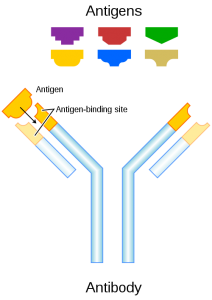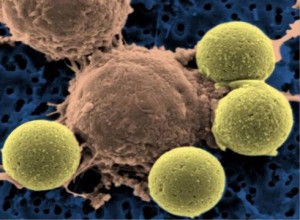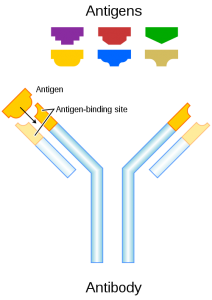
Video from Press TV Global News : Images of Silene stenophylla
Resurrecting ancient organisms has always been a subject of fascination for many scientists. Although it sounds like something out of a science fiction novel, this idea is becoming more and more realistic with the recent achievement of David Gilichinsky and his colleagues from the Institute of Cell Biophysics of the Russian Academy of Sciences. In February 2012, they announced that they were able to regenerate Silene stenophylla from fruits that were found in ice age squirrels’ burrows in Siberia.

Image from Flickr by jimmywayne : Arctic Tundra
S. stenophylla is a small flowering plant that grows in the Arctic tundra of eastern Siberia and the mountains of Northern Japan. It can be found in its habitat even today, although the fruits and seeds from the burrow are estimated to be around 30,000 years old.
The regeneration process took several trials and errors. Researchers initially attempted to germinate the seeds but had no success. Then they turned to the placental tissues recovered from the fruits. The placental tissue of a plant refers to the region where the eggs are fertilized and develop into seeds. With this method the scientists were able to grow more than 30 specimens which were fully viable and even able to produce new seeds upon fertilization. The regenerated plants are almost identical to S. stenophylla found today, with only slight differences in flower shape and rate of germination.

Image from Flickr by Brian Landis : Squirrel and Its Burrow
Although it is not entirely clear how the tissues stayed viable for such a long period of time, the researchers have some possible explanations. The burrows were found deep under the surface of the ground at the level of permafrost. Permafrost refers to soil that is below the freezing temperature of water for several years. Researchers hypothesized that the seeds and fruits have frozen immediately after burial and never thawed since then, thus protecting the tissue from deterioration. The seeds also had high sugar content, which could have acted as preservative to protect the seeds and provided nutrients during germination.
This is not the first time that scientists were able to revive plants from old tissues. Before this discovery, date palm plants that germinated from 2, 000 year old seeds in Israel used to be the oldest regenerated plants. A team of American researchers were also able to grow 500 year old lotus seeds into seedlings.
The work on S. stenophylla is even more astounding because it shows that tissues can stay viable for over tens of thousands of years. This means extinct plant species or even animal species could potentially be resurrected if the tissues are preserved well enough. Does this mean that we will be able to see ice age plants and mammoths in the future? This Jurassic Park idea is definitely very exciting and scientists will have to work vigorously to make it into reality.
References and Further Readings :
http://zipcodezoo.com/Plants/S/Silene_stenophylla/
http://en.wikipedia.org/wiki/Placentation
http://en.wikipedia.org/wiki/Permafrost






